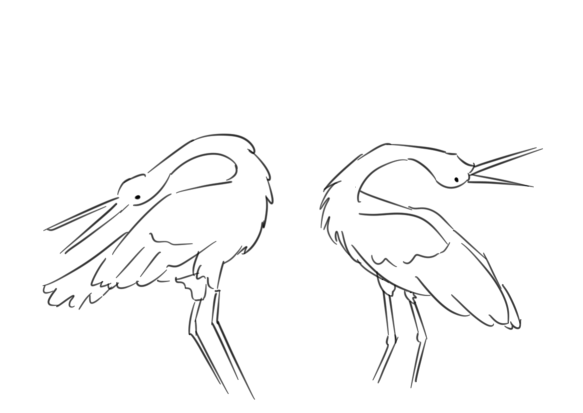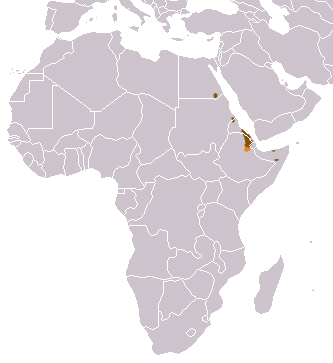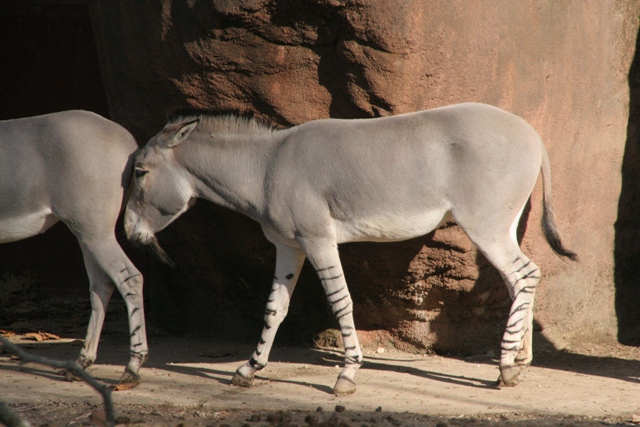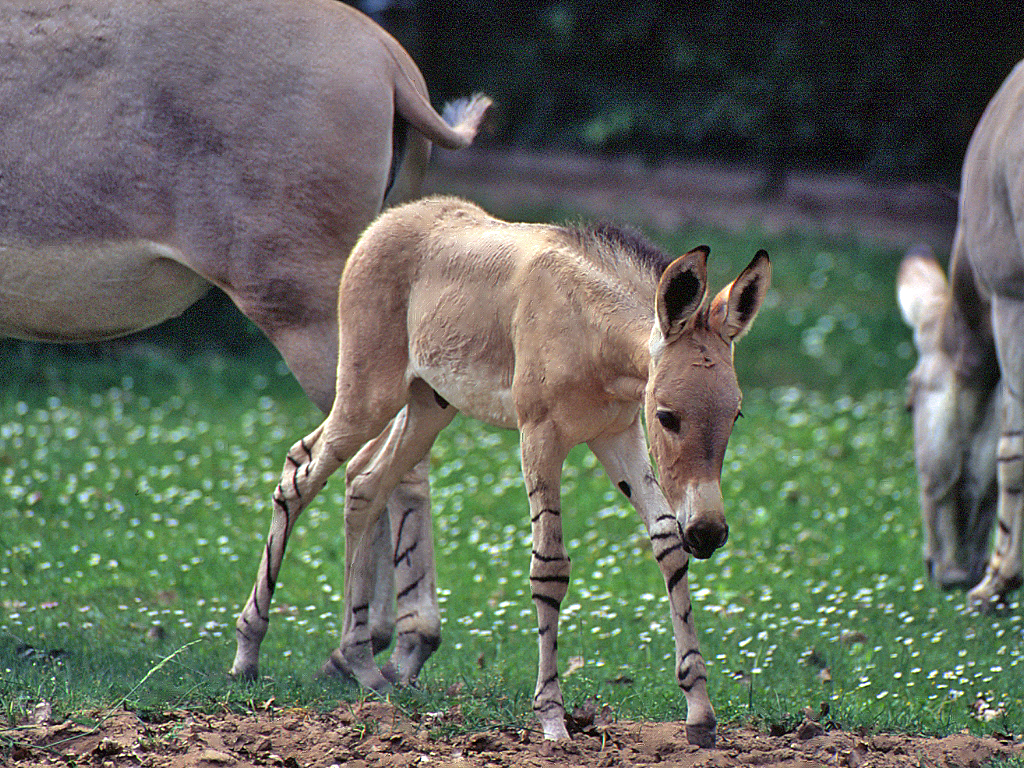×
Assess by asses
When studying living beings it is key to distinguish their species. Different animals do different things, respond in different ways and interact in different ways with their environment. By recognizing species, biologists are able to study them one by one and answer questions like: "What makes a lion so cool?", "When is a hippo too fat?" and "why do mosquitoes exist?".
So, identifying species is extremely helpful, but it can be harder than it seems. Normally species are distinguished by their physical characters, which works well on paper, but in the field a lot of animals are easily scared and thus run of, leaving you unable to see anything but their ass. Sadly relevant characters are often let out of field guides. Well, at least until now.
Therefore, during your next safari, sit back, enjoy the view and use this guide. Because now you'll know the answer to "To which species belongs this ass?".
Become an ass expert
It’s not surprising that these asses are shaking with fear, making them more wild than ever. The only way to calm them down is fitting conservation. But, to do this, we need to recognize this ass, know this ass, maybe even stare at it frantically…
Since the African wild ass is thought to be one of the ancestors of the domestic ass, it is no wonder that the two look alike. Currently, there are two extant subspecies accepted: the Nubian wild ass and the Somali wild ass. However, Groves (2002) lists a third, unnamed subspecies from the Sahara. Still, these may not have been true wild asses.
The main characteristic these species share, seem to be the legs supporting those asses. The way they firmly stand on them and the stripes adorning them truely make them gracious.
If you feel like you need more training on determining species by their asses, then you may want to try our determination key for East African wildlife.









